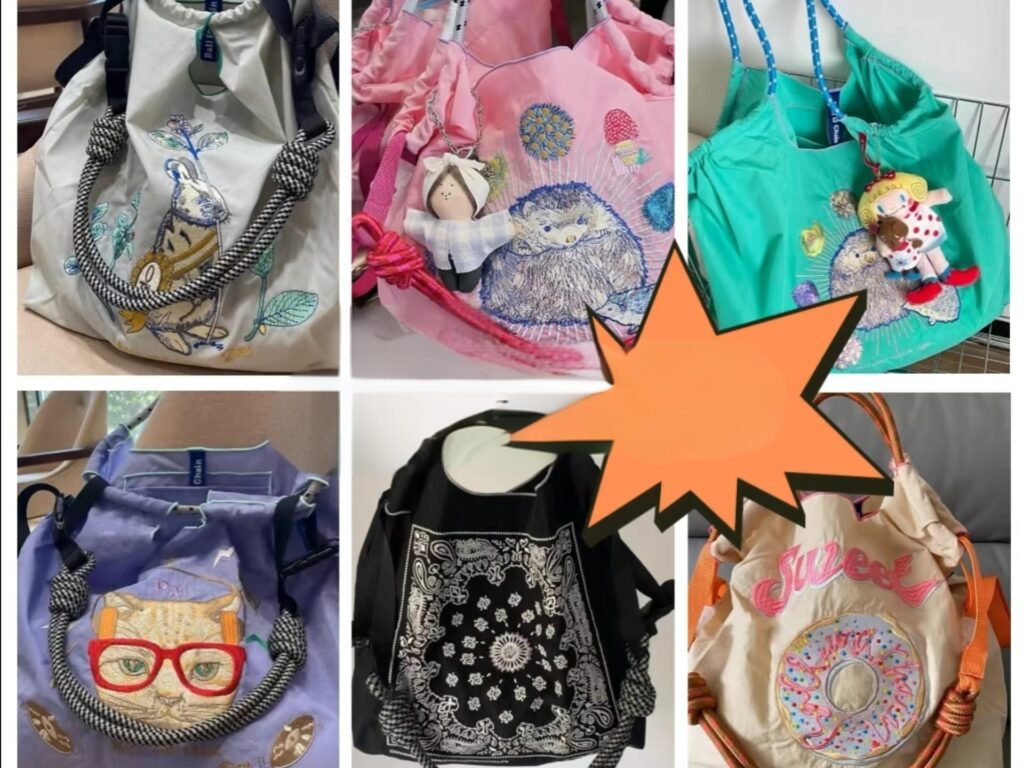
In today’s rapidly evolving textile market, nylon has quietly become one of the most versatile and sought-after fabrics for technical applications. From outdoor gear and industrial equipment to automotive components and medical devices, nylon cloth serves as the hidden backbone of countless industries. Yet for many brand owners, startups, and even established corporations, navigating the custom manufacturing of nylon textiles remains a complex task filled with technical decisions, supplier vetting, and production management.
Custom nylon cloth manufacturing for technical textiles involves a highly specialized OEM/ODM production process that tailors fiber selection, weaving methods, coatings, and finishing techniques to meet very specific industry demands such as tensile strength, abrasion resistance, chemical resistance, and moisture management. The ability to fine-tune every parameter makes nylon a prime candidate for performance fabrics where functionality and durability directly impact end-user satisfaction.
To help you better understand how this niche manufacturing sector operates, we’ll take you step-by-step through the entire process. From explaining what makes nylon so valuable, to how OEM and ODM services differ, to what technical buyers should evaluate when selecting a supplier — this in-depth guide is your one-stop reference.
Before we dive in, let’s start with a true story: A European outdoor gear startup recently contacted Szoneier Fabrics. They needed a lightweight, water-resistant nylon with UV protection and mildew resistance for their new tent collection. The catch? They required multiple custom colorways, low MOQ for each SKU, and delivery within 30 days. Thanks to Szoneier’s agile OEM/ODM services, fully customized samples were delivered in under 7 days, and mass production was completed on schedule. This is the power of working with a seasoned technical textile manufacturer — your designs move from paper to finished product without costly delays or compromises.
What Is Custom Nylon Cloth Manufacturing in the Technical Textile Industry?
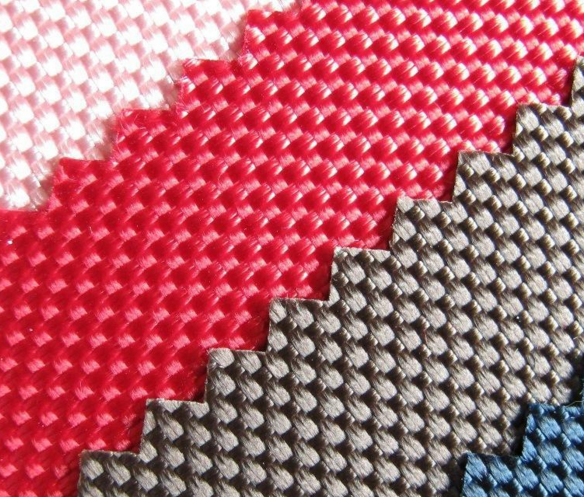
Custom nylon cloth manufacturing refers to the process of tailoring nylon fabric specifications to meet the unique requirements of technical or industrial applications, often executed through OEM (Original Equipment Manufacturing) or ODM (Original Design Manufacturing) partnerships. This allows businesses to produce highly specialized fabrics that cannot be sourced from standard off-the-shelf suppliers.
The Core Principles of Custom Nylon Cloth Manufacturing
1. Why Nylon? The Performance Behind the Fabric
Nylon’s inherent properties make it uniquely suited for technical textiles:
| Performance Factor | Nylon Characteristics |
|---|---|
| Tensile Strength | 70-100 MPa |
| Elongation at Break | 15%-25% |
| Abrasion Resistance | Extremely high |
| Moisture Absorption | 3%-4% |
| UV Resistance | Moderate (can be improved with coating) |
| Chemical Resistance | Excellent against oils, fuels, solvents |
| Melting Point | \~220°C |
Compared to other fibers like polyester or cotton, nylon offers a superior balance of flexibility, strength, and weather resistance.
2. Customization Scope
In custom manufacturing, clients can request:
- Fiber Denier: (20D to 1680D+)
- Weave Type: Ripstop, Oxford, Plain, Twill, etc.
- Coatings: PU, TPU, Silicone, PVC
- Color Matching: Pantone color system
- Functional Finishes: Flame retardant, antimicrobial, anti-UV, anti-static, etc.
3. Typical Technical Applications
| Industry | Application Example |
|---|---|
| Outdoor | Tents, backpacks, sleeping bags |
| Automotive | Seat belts, airbags, upholstery |
| Military | Tactical gear, uniforms, ballistic vests |
| Medical | Surgical gowns, orthopedic supports |
| Industrial | Conveyor belts, filtration media, safety harnesses |
As you can see, nylon cloth manufacturing serves a wide spectrum of sectors where quality and performance are non-negotiable.
How Do OEM and ODM Services Work for Nylon Fabric Production?
OEM services focus on producing nylon fabric strictly based on the buyer’s exact specifications and design files, while ODM services allow manufacturers like Szoneier Fabrics to provide ready-made designs, material innovations, or technical input that brands can customize or private-label. Both approaches allow for flexible and scalable production, depending on the client’s business model.
Comparing OEM vs ODM for Technical Nylon Textiles
1. OEM (Original Equipment Manufacturing)
- Client provides: Full tech packs, drawings, specifications.
- Manufacturer executes: Material sourcing, weaving, coating, finishing, packaging.
- Best for: Large brands with in-house R\&D teams.
- Key Benefit: Absolute control over specs.
2. ODM (Original Design Manufacturing)
- Manufacturer provides: Existing designs, R\&D support, innovation suggestions.
- Client selects: Colors, materials, modifications.
- Best for: Startups, smaller brands, limited product development resources.
- Key Benefit: Faster development cycles with lower upfront investment.
3. Production Workflow Comparison
| Process Stage | OEM Model | ODM Model |
|---|---|---|
| Design | Client owned | Manufacturer assisted |
| Prototyping | Customized samples | Modified standard samples |
| Material R\&D | Client or joint | Manufacturer-led |
| IP Ownership | Client | Shared or manufacturer-owned |
| MOQ Flexibility | Often higher | Usually more flexible |
4. How Szoneier Helped a Startup with ODM
A Canadian medical wear company approached Szoneier with a concept for reusable isolation gowns. Lacking internal material expertise, they leveraged Szoneier’s ODM capability to select medical-grade, antimicrobial coated nylon that met FDA compliance. The ODM solution reduced their development time by 60% and got them into hospitals within 90 days.
Which Types of Nylon Cloth Are Commonly Used in Technical Applications?
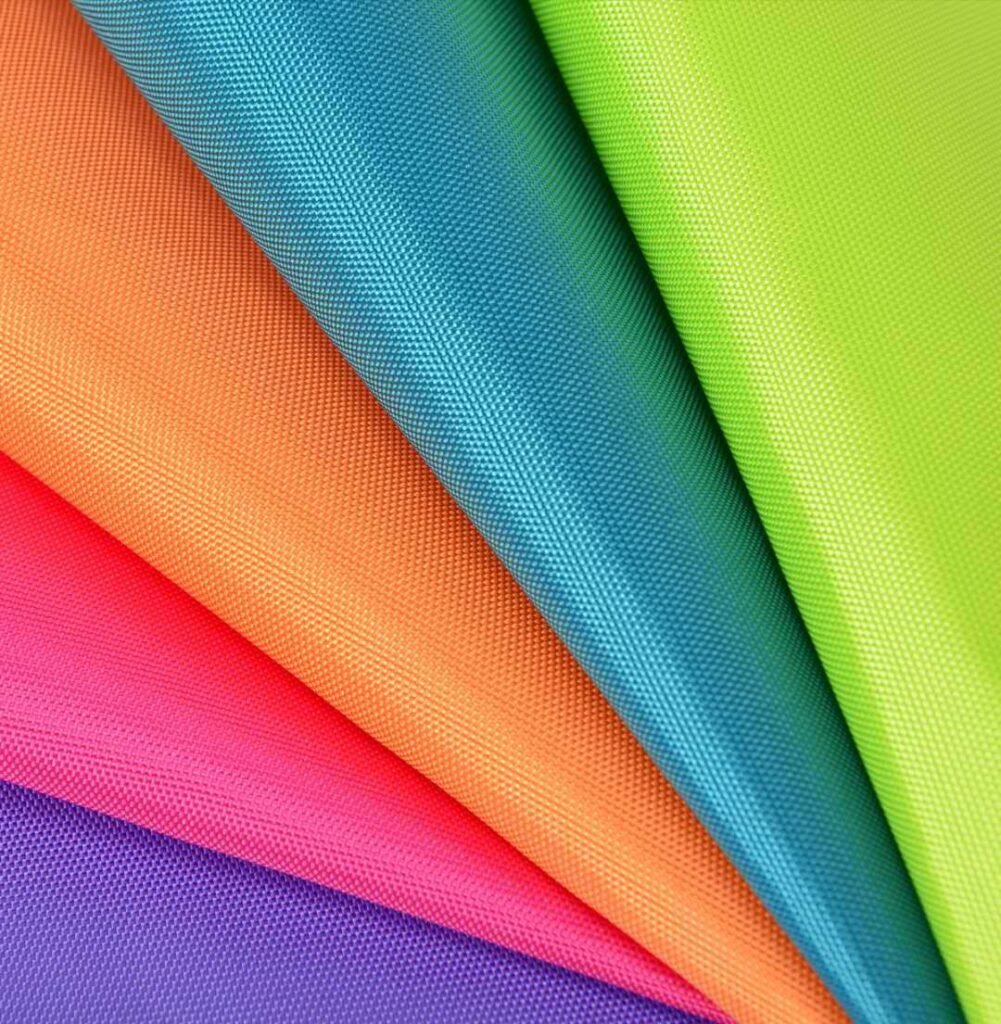
The types of nylon cloth used in technical applications vary depending on fiber composition, denier count, weaving method, and coating. The most commonly used nylon fabrics include Nylon 6, Nylon 66, ripstop nylon, ballistic nylon, Cordura®, and high-tenacity nylon—all selected for their specific performance advantages.
Understanding the Key Nylon Cloth Types
1. Nylon 6 vs. Nylon 66 — What’s the Difference?
| Property | Nylon 6 | Nylon 66 |
|---|---|---|
| Molecular Structure | Linear | More crystalline |
| Melting Point | 220°C | 255°C |
| Abrasion Resistance | Good | Excellent |
| Chemical Resistance | Excellent | Excellent |
| Cost | Lower | Higher |
| Common Uses | Apparel, industrial yarns | Automotive, aerospace, military |
- Nylon 6 is widely used for its flexibility, cost-effectiveness, and versatility.
- Nylon 66 provides superior mechanical strength, heat resistance, and dimensional stability—ideal for heavy-duty technical applications.
2. High-Tenacity Nylon
High-tenacity versions of both Nylon 6 and Nylon 66 feature:
- Tensile strength up to 9.0 grams/denier.
- Low elongation.
- Long-term durability under stress.
These properties make it popular for industrial lifting slings, military gear, and safety harnesses.
3. Ripstop Nylon
- Reinforced with thicker threads at regular intervals.
- Prevents tearing and limits fabric damage.
- Popular in parachutes, camping gear, outdoor apparel.
4. Ballistic Nylon
- Extremely high denier (840D, 1050D, 1680D).
- Initially developed for WWII flak jackets.
- Used today in luggage, motorcycle jackets, and tactical vests.
5. Cordura® Nylon
- Brand name for high-durability, abrasion-resistant nylon blends.
- Used heavily in backpacks, tactical gear, and workwear.
- Known for superior tear resistance and colorfastness.
6. Coated and Laminated Nylon
| Coating Type | Function |
|---|---|
| PU Coating | Water resistance, flexible feel |
| PVC Coating | Waterproof, heavier feel |
| TPU Coating | High elasticity, chemical stability |
| Silicone Coating | Extreme weather resistance, lightweight |
7. Application Matrix by Nylon Type
| Application | Recommended Nylon Type |
|---|---|
| Tents | Ripstop Nylon (PU/Silicone Coated) |
| Tactical Gear | Ballistic or Cordura® Nylon |
| Industrial Slings | High-Tenacity Nylon 66 |
| Automotive Upholstery | Nylon 66 with Flame Retardant |
| Medical Gowns | Nylon 6 with Antimicrobial Coating |
By understanding these differences, buyers can better select the right nylon material that matches their functional and regulatory needs.
What Are the Key Performance Features of High-Quality Nylon Textiles?
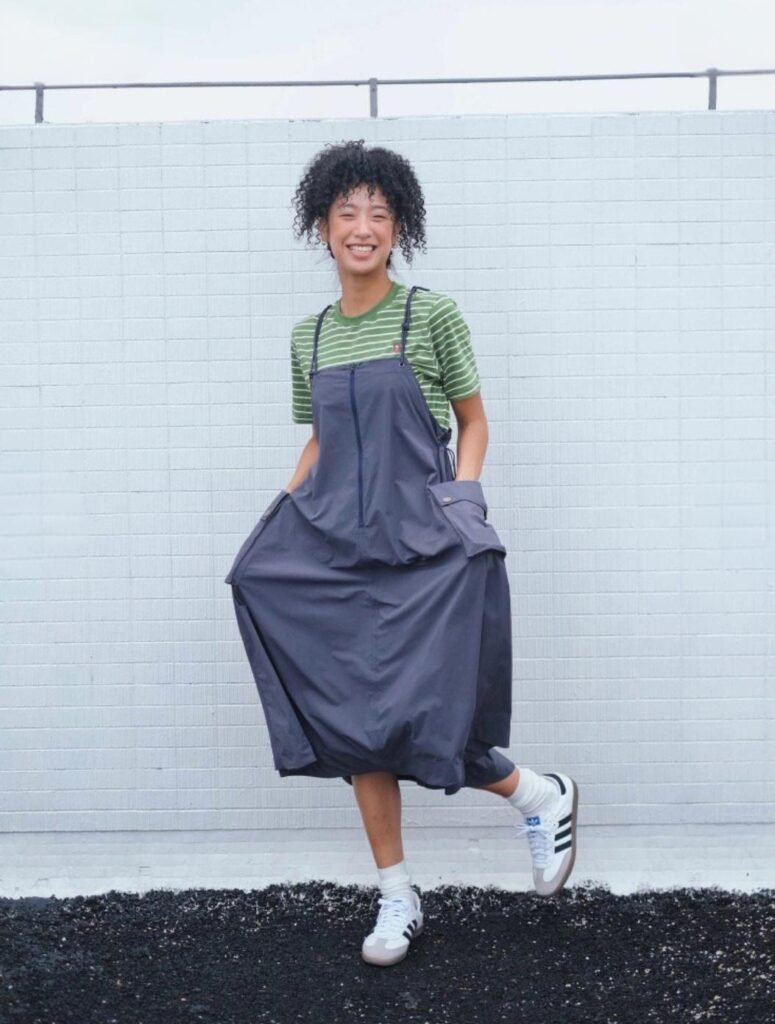
High-quality nylon textiles for technical use are defined by their strength-to-weight ratio, dimensional stability, chemical resistance, weatherproofing, and long-term durability under stress. Each feature is critical for applications where safety, comfort, and functionality are paramount.
Key Nylon Performance Metrics Explained
1. Tensile Strength and Load Capacity
Tensile strength is measured in megapascals (MPa) or pounds per inch (psi), critical for load-bearing textiles such as:
| Product | Tensile Strength Range |
|---|---|
| Seat Belts | 20,000 – 30,000 psi |
| Industrial Slings | 9,000 – 15,000 psi |
| Parachute Cords | 500 – 1,000 psi |
2. Abrasion and Wear Resistance
- Martindale abrasion test often used: up to 100,000 cycles for industrial-grade nylon.
- Military gear may require abrasion ratings beyond 200,000 cycles for maximum longevity.
3. UV and Weather Resistance
| Application | Required UV Stability |
|---|---|
| Outdoor Awnings | 2+ years exposure |
| Marine Equipment | 3-5 years exposure |
| Camping Tents | Up to 10,000 hours |
UV coatings and additives (HALS, UV stabilizers) extend the lifespan dramatically for outdoor products.
4. Chemical and Oil Resistance
Nylon resists:
- Hydrocarbons
- Acids and alkalis (moderate)
- Oils and lubricants
However, prolonged exposure to strong acids or bleach may degrade nylon fibers.
5. Flame Retardancy
- UL 94 or NFPA 701 certifications required for many industries.
- Can be achieved via inherent fiber modification or topical FR coatings.
6. Moisture Management and Breathability
\| Moisture Absorption | 3-4% | \| Breathability | Moderate (can be enhanced via micro-perforation or membrane lamination) | \| Application | Outdoor apparel, tents, medical fabrics |
7. Dimensional Stability
- Low shrinkage under heat and mechanical stress.
- Heat-setting processes during manufacturing stabilize fabric dimensions for consistent performance.
8. Sustainability and Eco-Friendly Options
Some suppliers now offer:
- Bio-based Nylon 11 or Nylon 610.
- Recycled nylon options (ECONYL®, etc.).
- Lower carbon footprint manufacturing processes.
A Global Marine Company
A yacht manufacturer approached Szoneier for nylon fabrics capable of withstanding saltwater, UV, and oil exposure for over 5 years. The final solution involved Nylon 66 base fabric, TPU lamination, and UV-stabilizer additives. After extensive lab and real-world tests, the product exceeded ISO 4892-2 standards for weathering durability.
How Do You Select the Right Nylon Yarn, Weaving Techniques, and Finishes?
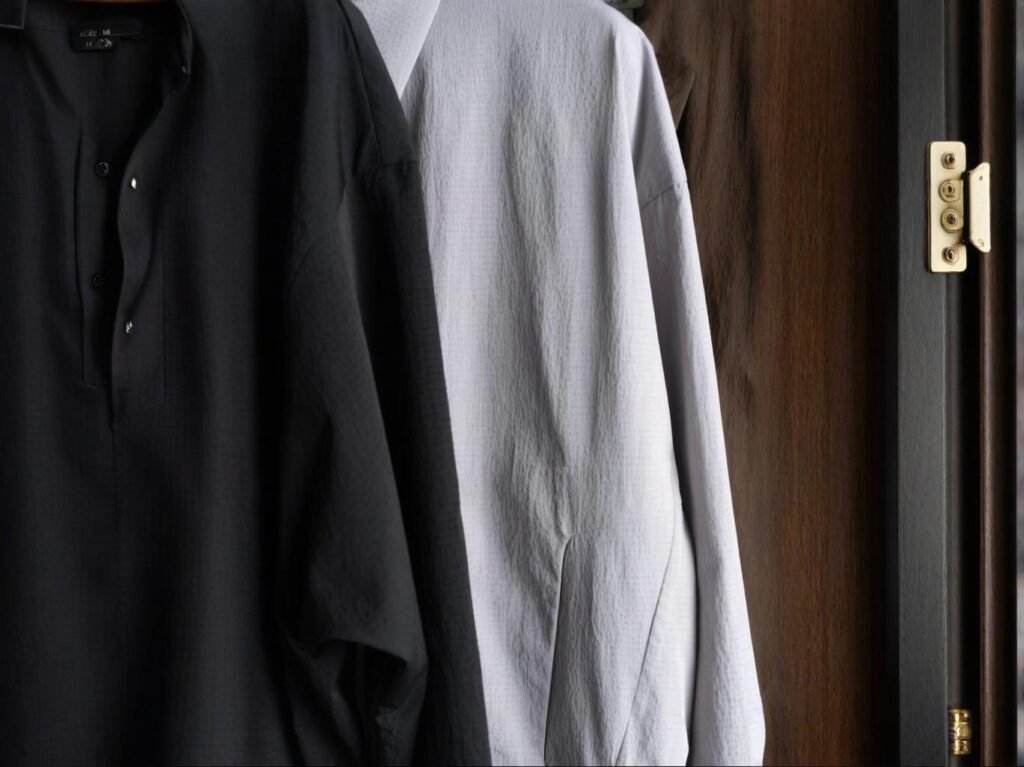
Selecting the right nylon yarn, weave, and finishing process depends on your product’s functional requirements, end-user application, and cost target. Buyers must evaluate yarn denier, weave structure, coating compatibility, and performance treatments to ensure optimal technical performance.
Nylon Fabric Engineering Step-by-Step
1. Yarn Selection: Denier, Filament Count & Tenacity
| Yarn Parameter | Impact on Fabric |
|---|---|
| Denier (D) | Thickness & weight (20D to 1680D commonly used) |
| Filament Count (F) | Flexibility & softness (e.g. 70D/48F) |
| Tenacity (g/denier) | Load-bearing capability |
- Low denier (20D-70D): Used in ultralight outdoor gear, parachutes, medical disposables.
- Medium denier (210D-420D): Ideal for backpacks, rain jackets, tent flys.
- High denier (840D-1680D): Used for tactical gear, industrial tarps, luggage.
2. Weaving Techniques
| Weave Type | Performance Benefit | Typical Use |
|---|---|---|
| Plain Weave | Balanced, stable, affordable | Tents, raincoats |
| Twill Weave | Better drape, abrasion resistance | Workwear, upholstery |
| Ripstop Weave | Tear resistance, lightweight | Parachutes, tarps |
| Oxford Weave | Soft hand-feel, durable | Luggage, medical textiles |
3. Dyeing & Color Matching
- Solution dyeing: Dye is added during fiber extrusion (UV stability, colorfastness).
- Piece dyeing: Fabric dyed after weaving (more color flexibility).
Pantone® color matching is widely used for brand consistency.
4. Coatings & Laminations
| Coating | Function | Durability |
|---|---|---|
| PU | Water resistance | 2-3 years outdoor |
| TPU | Elastic, cold-flexible | 3-5 years outdoor |
| PVC | Heavy waterproofing | 3-5 years |
| Silicone | Lightweight, UV stable | 5-10 years |
5. Functional Finishes
- Antimicrobial: Silver ion, zinc-based treatments.
- Flame Retardant: Halogen-free FR compounds.
- Anti-Static: Carbon or conductive fiber blending.
- UV Stabilizers: HALS technology for long-term outdoor exposure.
Custom Medical Textile
A U.S. healthcare company partnered with Szoneier to develop antimicrobial nylon gowns. After several iterations, we selected 70D Nylon 6 yarn, plain weave, silver-ion antimicrobial finish, and PU lamination — providing both patient safety and 50+ wash durability.
What Industries Use Custom Nylon Technical Textiles the Most?
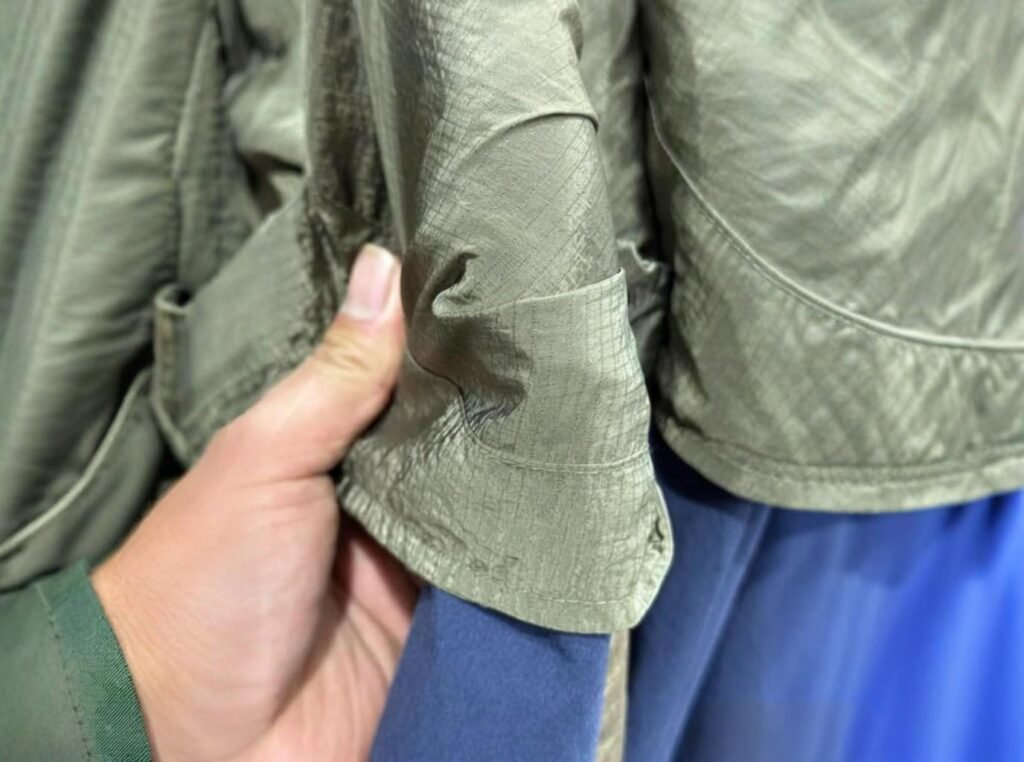
Custom nylon textiles are used across a broad spectrum of industries, including outdoor sports, military and defense, automotive, industrial safety, healthcare, and even emerging renewable energy sectors. Each industry demands specific nylon fabric formulations to meet strict safety, durability, and compliance standards.
Industry-Specific Applications and Fabric Specs
1. Outdoor Gear Industry
- Products: Tents, backpacks, sleeping bags, rainwear.
- Key Fabric Features: Lightweight, tear-resistant (Ripstop Nylon), water-resistant (PU/Silicone coating), UV-stabilized.
- Typical Denier: 30D, 70D, 210D, 420D.
2. Military & Defense Sector
- Products: Tactical vests, MOLLE systems, rucksacks, ballistic protection.
- Key Fabric Features: Ballistic Nylon 1050D-1680D, FR-treated, IR signature reduction, extreme abrasion resistance.
- Certifications: MIL-DTL standards, Berry-compliant sourcing (USA).
3. Automotive Industry
- Products: Seat belts, airbags, interior trim, cargo nets.
- Key Fabric Features: Nylon 66 high tenacity yarn, flame retardant, heat-resistant, dimensional stability.
- Certifications: FMVSS 302, ISO/TS 16949.
4. Medical & Healthcare Sector
- Products: Isolation gowns, surgical drapes, orthopedic supports.
- Key Fabric Features: Antimicrobial coatings, fluid barriers, breathability, FDA or CE certification.
- Example Fabric: 70D Nylon 6 with PU or TPU lamination.
5. Industrial & Safety Equipment
- Products: Lifting slings, harnesses, conveyor belts, filtration membranes.
- Key Fabric Features: High-tenacity yarn, chemical resistance, load-bearing capability.
- Typical Yarn Strength: 7.5–9.0 g/denier.
6. Renewable Energy Industry
- Products: Wind turbine blade protection, solar panel covers.
- Key Fabric Features: UV stabilized, hydrophobic coatings, long-term outdoor exposure.
- Emerging Materials: Bio-based Nylon 11 for reduced carbon footprint.
Market Breakdown Table
| Industry | Global Nylon Textile Market Share (2024 est.) |
|---|---|
| Outdoor Gear | 25% |
| Military | 18% |
| Automotive | 20% |
| Medical | 10% |
| Industrial Safety | 15% |
| Renewable Energy | 5% |
| Other Emerging Uses | 7% |
Industrial Safety Harness Manufacturer
An Australian safety equipment company worked with Szoneier to develop a proprietary safety harness using high-tenacity 1680D Nylon 66 webbing with UV protection, color-coded stitching, and custom anti-fray edge finishing. The product successfully passed ISO 10333-5 standards and achieved rapid adoption across construction industries.
How Can Buyers Evaluate OEM/ODM Factories for Nylon Cloth Manufacturing?
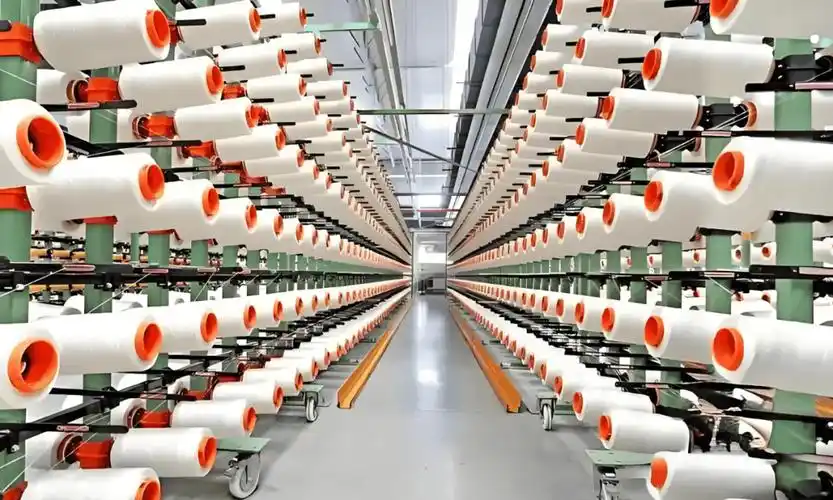
Evaluating a reliable OEM/ODM factory for custom nylon textiles requires a detailed assessment of production capacity, quality certifications, raw material sourcing, customization capability, lead time flexibility, and communication transparency.
The 8-Point Factory Evaluation Checklist
1. Raw Material Sourcing & Traceability
- Verify if the factory has long-term partnerships with reputable nylon yarn suppliers (e.g. DSM, Toray, Invista).
- Check if they offer traceability for sustainability or compliance audits (ISO 14001, GRS certification).
2. Equipment and Technology
| Equipment Type | Importance |
|---|---|
| Air-jet Looms | Consistent fabric uniformity |
| Warping Machines | Yarn tension control |
| Heat-Setting Machines | Dimensional stability |
| Coating Lines (PU, TPU, PVC) | Finish consistency |
| QC Lab Equipment | Tensile, abrasion, flame, chemical tests |
Factories like Szoneier invest heavily in modern machinery to ensure consistent fabric performance.
3. R\&D and Sampling Capabilities
- Can they offer rapid prototyping (3-7 days typical)?
- Do they have in-house fabric engineers?
- Can they customize yarn count, weave, finish, and color precisely?
4. Certifications & Compliance
| Certification | Industry Relevance |
|---|---|
| ISO 9001 | Quality management |
| ISO 14001 | Environmental management |
| OEKO-TEX® | Human safety in textiles |
| REACH | EU chemical safety |
| GRS | Recycled content verification |
| UL, NFPA | Flame retardant performance |
5. MOQ and Scalability
- Low MOQ options for new product development (100m-1000m per color).
- High scalability for bulk orders (10,000m+ monthly capacity).
6. Lead Time and Flexibility
| Service | Lead Time |
|---|---|
| Lab Dips | 3-5 days |
| Sample Yardage | 7-10 days |
| Bulk Production | 3-4 weeks |
| Urgent Orders | 10-14 days possible |
7. Communication & Project Management
- Dedicated account managers.
- Clear project timelines.
- Weekly progress reports.
- Fast response time (24 hours or less).
8. Outdoor Brand Sourcing Audit
A European outdoor brand conducted a 2-day sourcing audit at Szoneier Fabrics. After evaluating machine capabilities, QC lab processes, staff expertise, and environmental compliance, they selected Szoneier as their long-term supplier, citing transparency and technical depth as key reasons.
Are There MOQ, Lead Time, and Cost Considerations for Custom Nylon Fabric Orders?
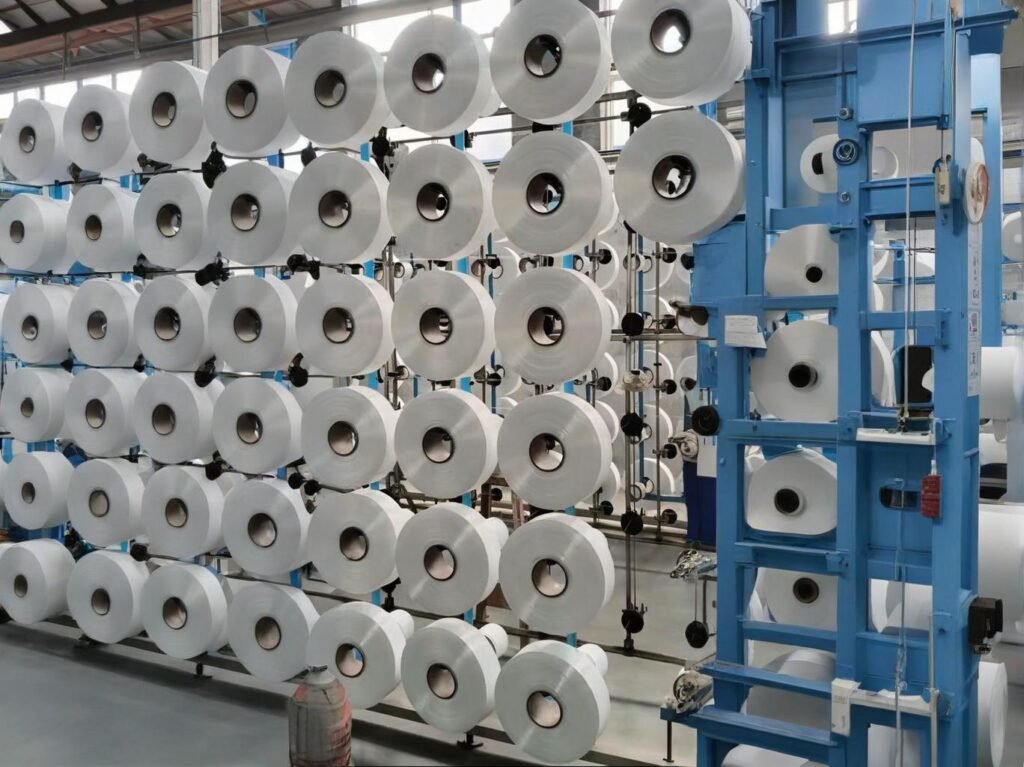
MOQ, lead time, and pricing for custom nylon depend on yarn type, weave complexity, functional finishes, order volume, and certification requirements. Working with an experienced OEM/ODM supplier allows you to optimize costs while maintaining flexibility for both small trial runs and large-scale production.
Full Cost Structure Analysis
1. MOQ Considerations
| Fabric Type | Typical MOQ |
|---|---|
| Basic Plain Nylon 210D | 300-500 meters/color |
| Ripstop Nylon | 500-1000 meters/color |
| Ballistic/Cordura® Nylon | 800-1500 meters/color |
| Specialized Coatings | 1000-2000 meters/color |
Szoneier Advantage: Low MOQ support for startups and pilot runs.
2. Lead Time Expectations
| Process | Lead Time |
|---|---|
| Yarn Preparation | 3-5 days |
| Weaving | 5-10 days |
| Coating/Lamination | 5-7 days |
| Finishing & Inspection | 3-5 days |
| Packing & Shipping | 2-3 days |
| Total Production Time | 3-4 weeks standard |
3. Cost Components Breakdown
| Cost Element | Percentage of Total Cost |
|---|---|
| Nylon Yarn | 35-45% |
| Weaving | 15-20% |
| Coating & Finishing | 20-30% |
| QC, Testing & Certifications | 5-10% |
| Packaging | 3-5% |
| Admin, Profit Margin | 10-15% |
4. Estimated Pricing (FOB China, 2025)
| Fabric Type | Price Range (USD/m²) |
|---|---|
| 210D PU Nylon | \$0.90 – \$1.20 |
| 420D Ripstop Nylon | \$1.20 – \$1.80 |
| 1050D Ballistic Nylon | \$2.00 – \$3.00 |
| Cordura® Licensed | \$2.50 – \$3.50 |
| TPU Coated Medical Nylon | \$1.80 – \$2.80 |
Actual pricing depends on volume, technical specs, and market fluctuations.
5. Freight Cost Consideration
| Destination | Freight Cost (20′ container, USD) |
|---|---|
| USA (West Coast) | \$2,800 – \$3,200 |
| Europe (Rotterdam) | \$3,000 – \$3,400 |
| Australia | \$2,200 – \$2,600 |
Partner with Szoneier Fabrics: Your One-Stop Nylon Textile OEM/ODM Supplier
Custom nylon cloth manufacturing is not a one-size-fits-all solution. Each industry, product, and brand requires a unique blend of technical know-how, flexible manufacturing, reliable raw materials, and speed-to-market execution. This is exactly where Szoneier Fabrics excels.
✅ Full OEM/ODM Support: From concept to bulk production.
✅ Low MOQ Options: Perfect for both startups and large brands.
✅ Rapid Sampling: 7-day prototyping turnaround.
✅ Global Compliance: ISO, OEKO-TEX®, REACH, GRS certified.
✅ 100% Quality Assurance: In-house lab and strict QC processes.
If you’re ready to develop your next nylon technical textile project, contact our professional sourcing team today for a no-obligation consultation:
📧 Email: Info@szoneierfabrics.com 📞 Phone: (+86) 13823134897 🌐 Website: https://szoneierfabrics.com/
👉 Let’s turn your textile vision into reality — with speed, precision, and uncompromising quality.

